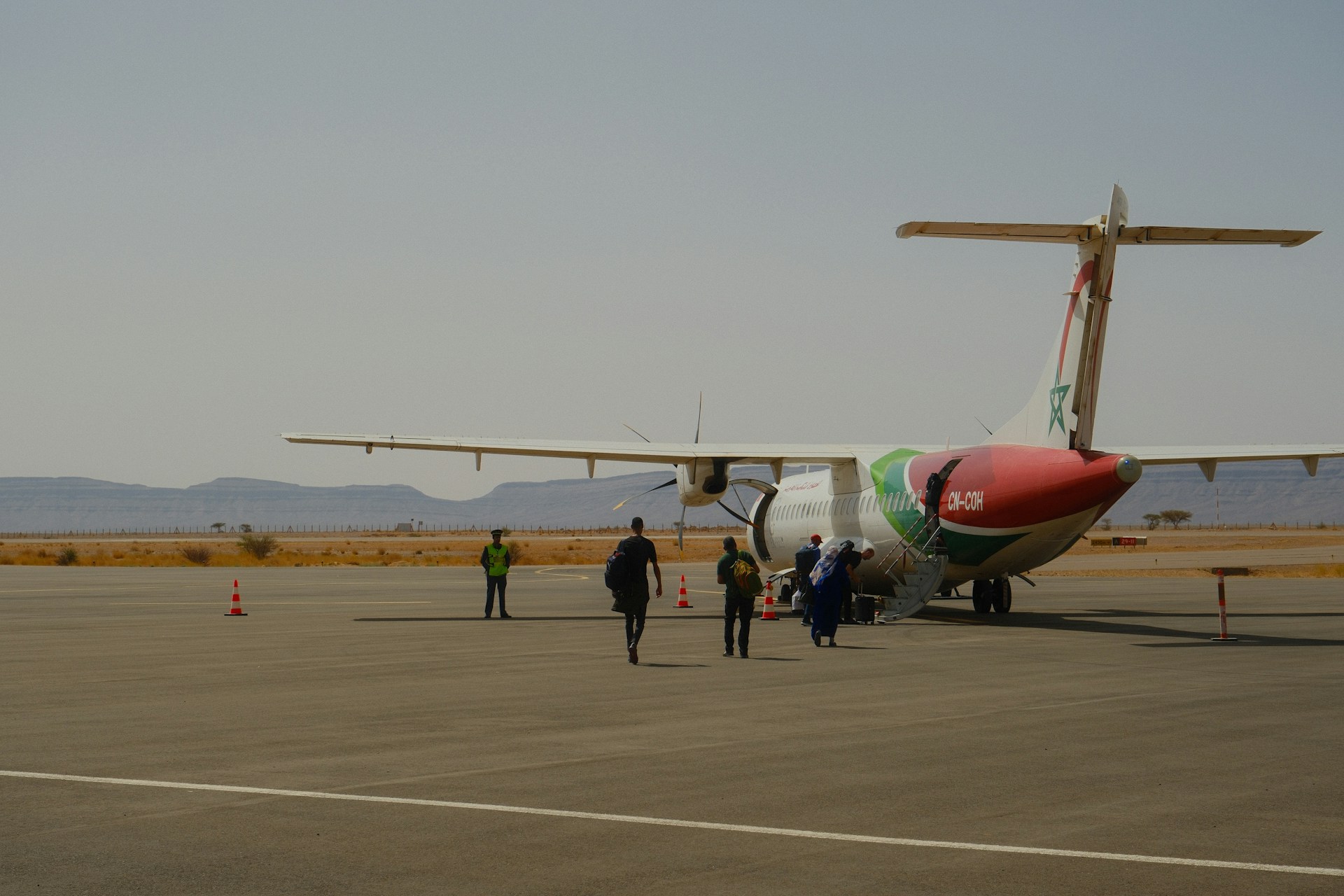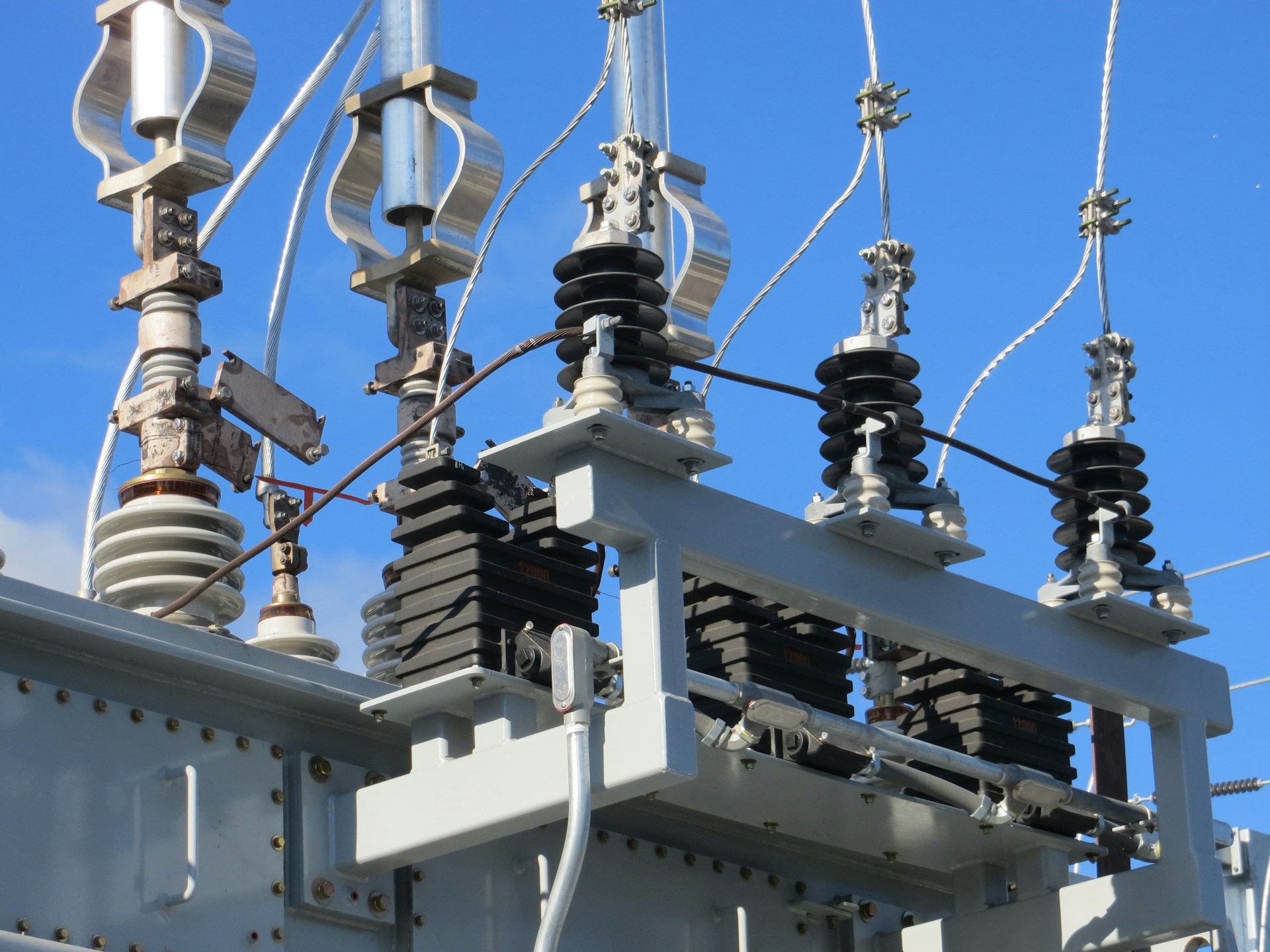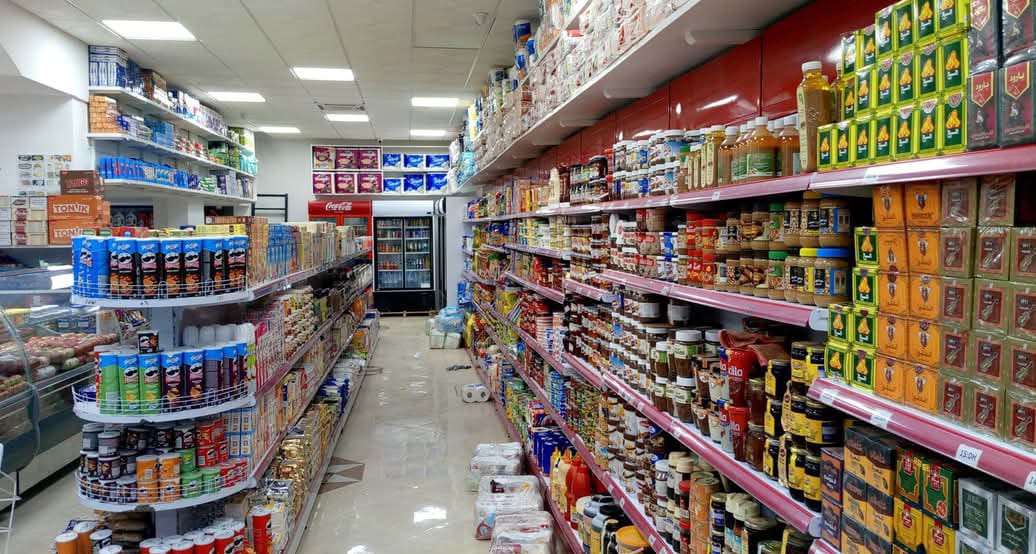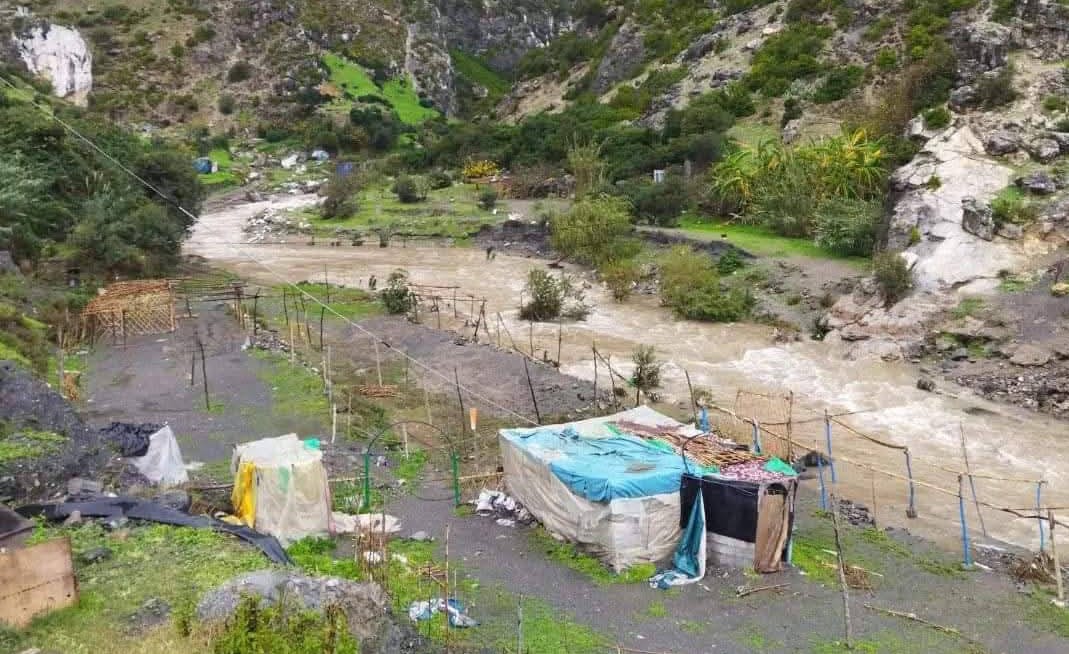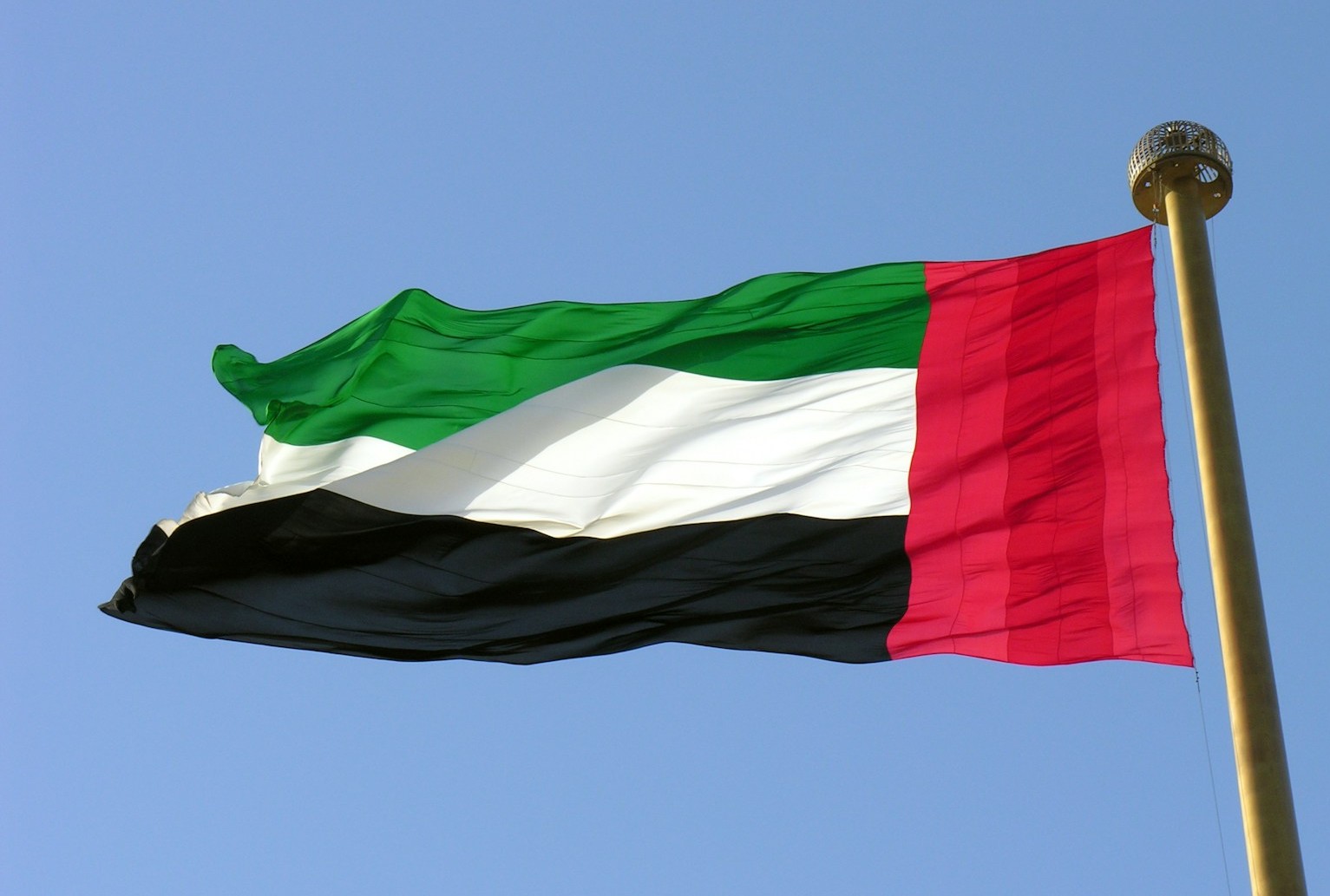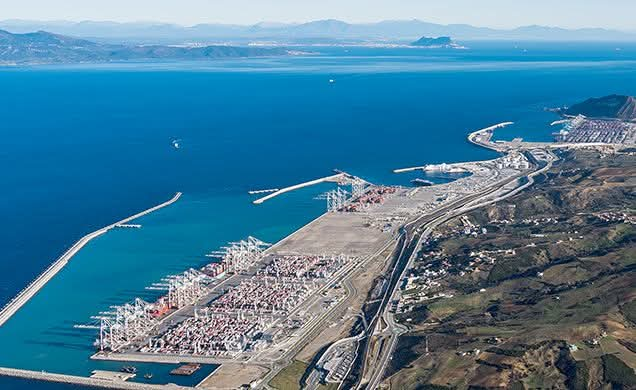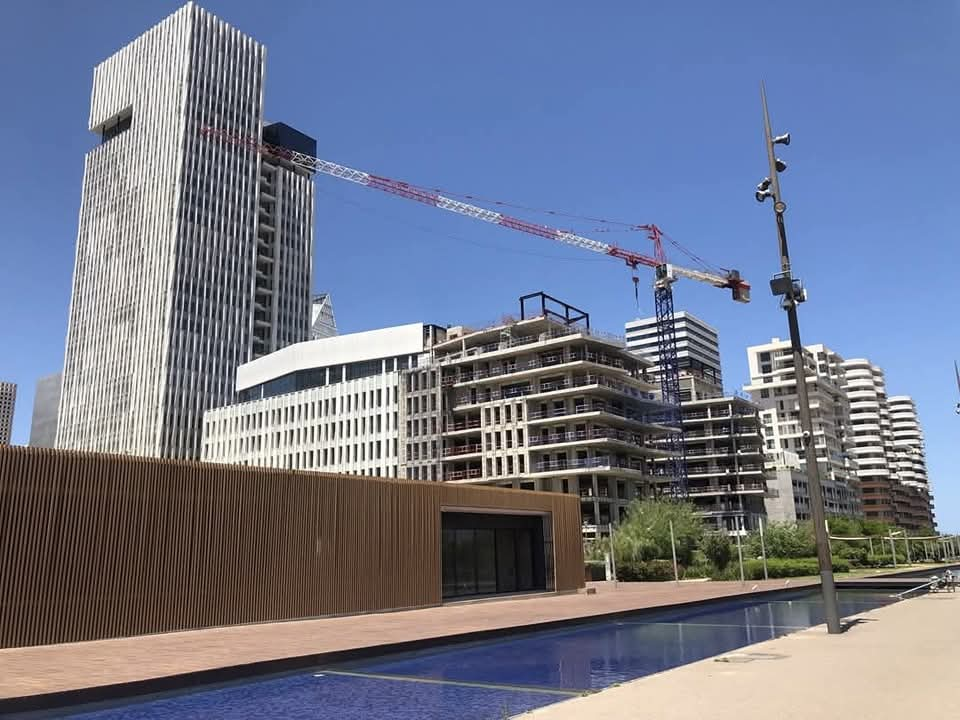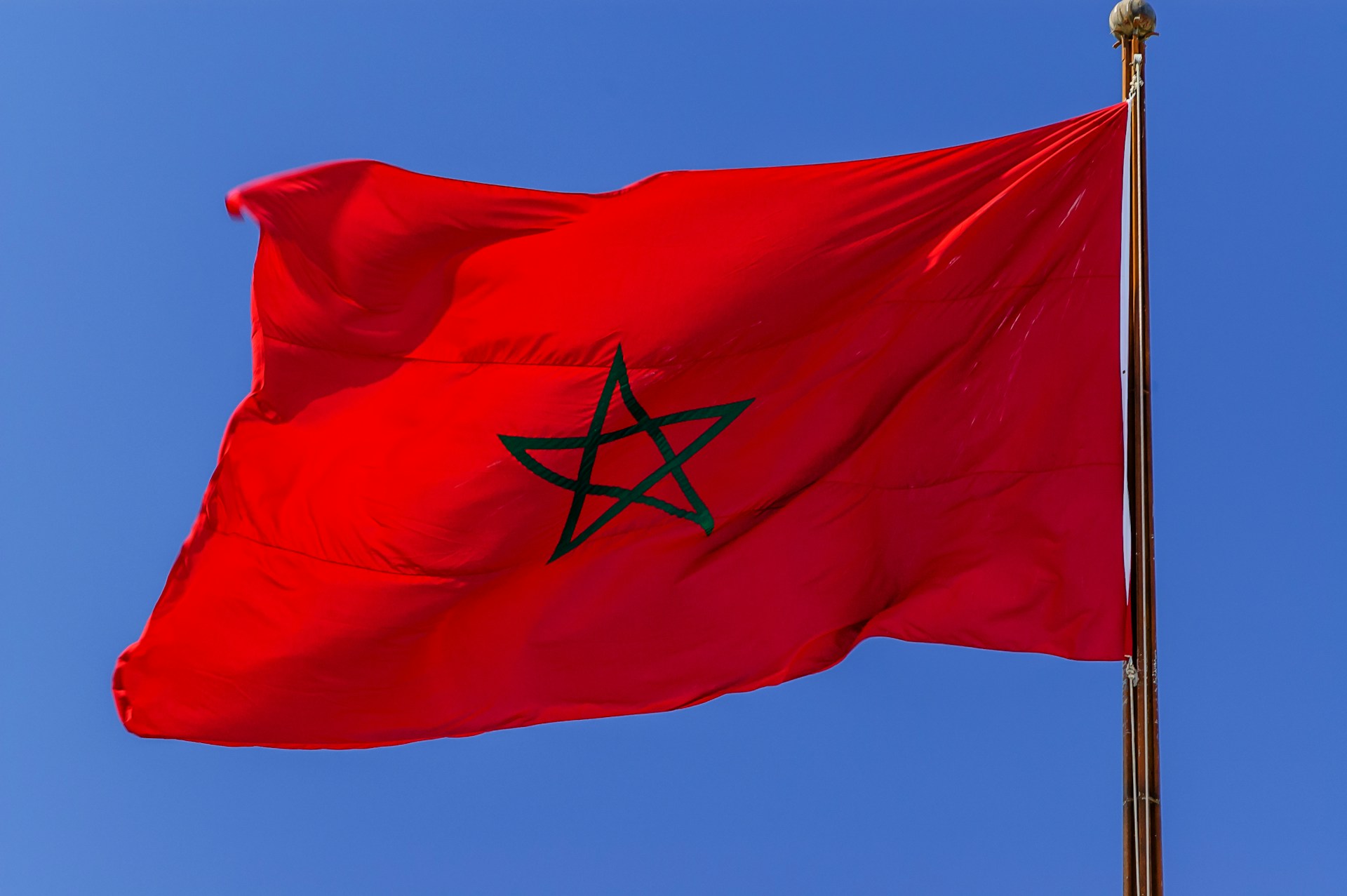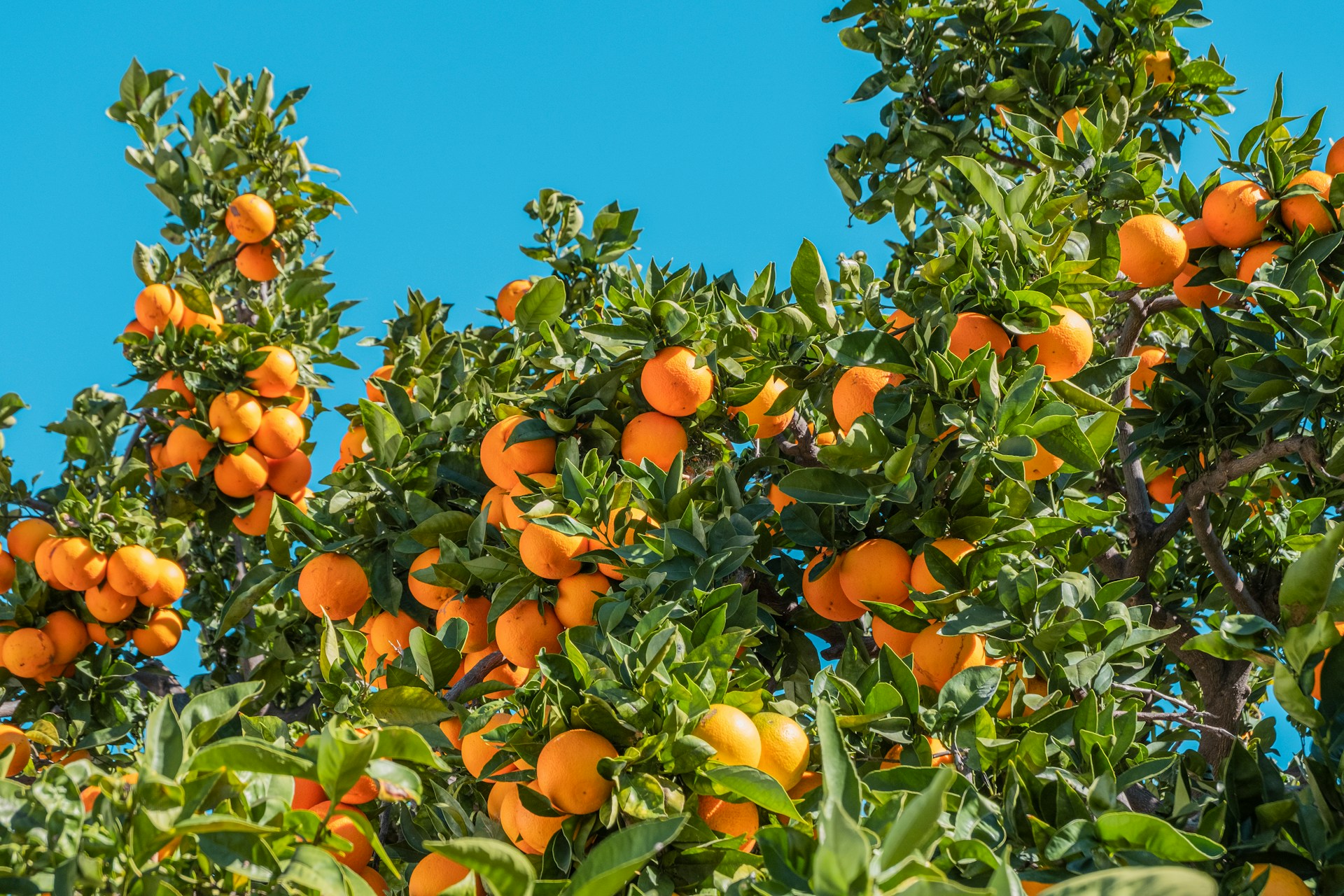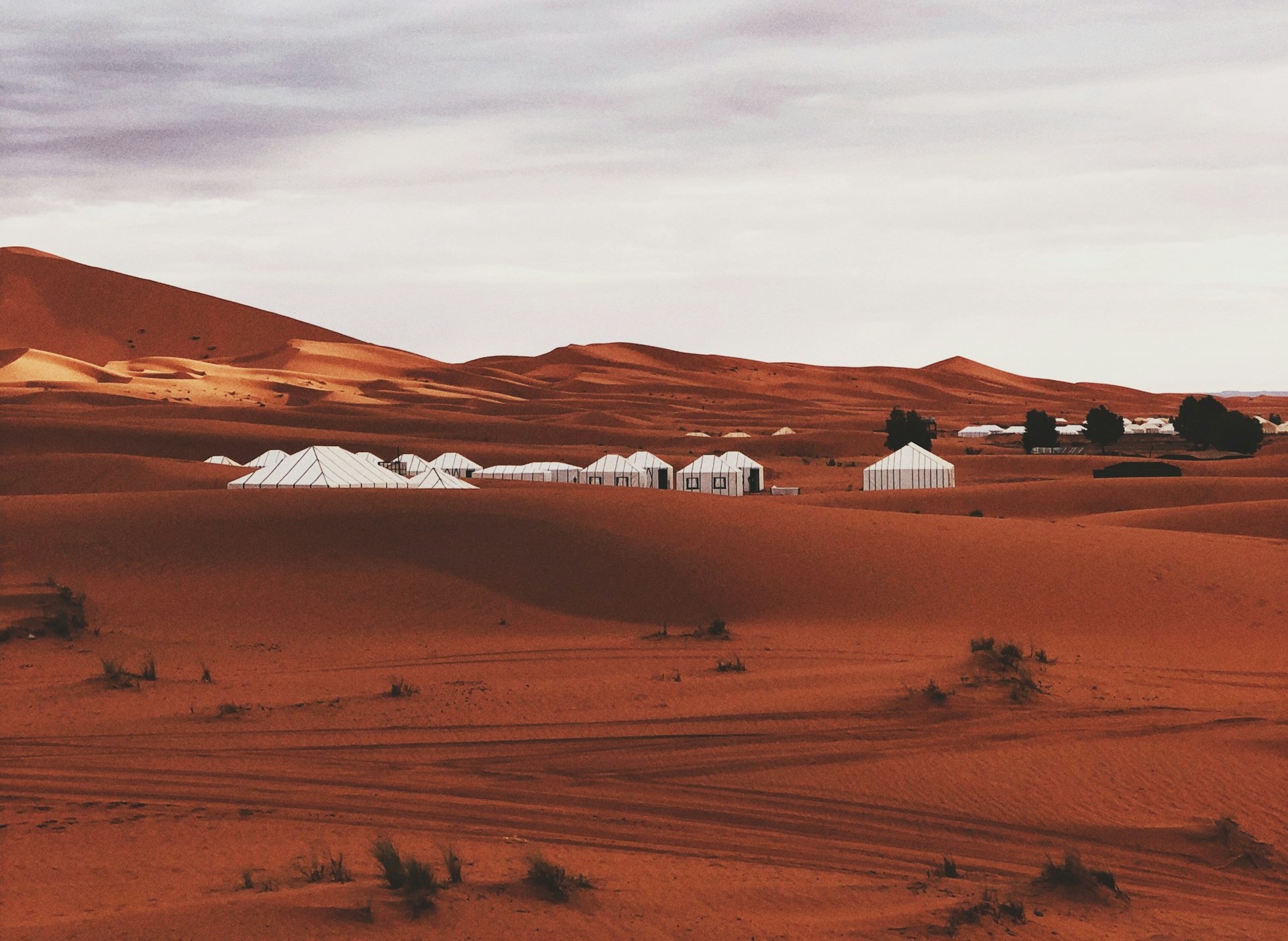Casablanca – Inflation in Morocco during 2024 has been a mixed bag of challenges and progress, with both domestic and international factors playing a significant role. While the overall inflation rate shows signs of easing, some deeper issues continue to impact everyday life for Moroccans.
Inflation trends in 2024
Morocco’s inflation rate is expected to drop to 0.8% in the last quarter of 2024, compared to 1.3% in the previous quarter, according to Bank Al-Maghrib (BAM). This drop is mainly due to a significant decline in fuel and lubricant prices, which could fall by as much as 12.4%, mirroring global trends in oil markets.
However, not all the news is good. Core inflation, which excludes unstable and regulated prices, has been rising steadily. By November, it hit 2.6% compared to the same time last year, marking the highest level since August. This increase reflects higher prices for everyday essentials like cooking oils, dairy products, and eggs, which have seen price jumps of 1.3% and 1.1%, respectively, in November.
Changes in food prices
Food prices, especially those that fluctuate seasonally, have been on a downward trend. In the fourth quarter, prices are expected to drop by 0.6% compared to the same period last year, following a 1.1% average decline in the third quarter. Between October and November, the cost of fruits and vegetables saw sharp decreases, with fruit prices falling by 3.5% and vegetables by 1.1%. Yet, these reductions were partially offset by rising costs in other categories like oils and fats.
Regional variations in inflation
Inflation’s impact isn’t uniform across Morocco. Cities like Al Hoceima and Safi saw consumer prices fall by 0.9% and 0.8%, respectively. Meanwhile, southern cities like Laayoune and Dakhla experienced price increases of 0.5%. These differences show how inflation varies depending on local economic activities and how well supply chains function in each region.
Broader economic context
Beyond inflation, Morocco’s economy faces other challenges. The country is dealing with its longest drought in modern history, which has led to a 4.6% drop in the agricultural sector’s output. This has made food prices more unpredictable and stretched household budgets. Even so, the government forecasts the economy will grow by 3.3% in 2024, though BAM is more cautious, predicting growth of only 2.6%.
Policy measures and outlook
The Central Bank has been taking steps to keep inflation under control. It recently cut the benchmark interest rate by 25 basis points to 2.5%, its second cut this year. This move is aimed at stabilizing prices and supporting economic growth. Meanwhile, regulated prices, such as those for utilities, are expected to stay steady at around 2%.
BAM’s latest forecast suggests that overall inflation will finish the year at about 1%, better than earlier estimates of 1.3%. But with core inflation rising to 2.3% in the final quarter, it’s clear that some underlying pressures are not going away anytime soon.
Implications for Moroccan households
For many households, the drop in overall inflation offers a bit of relief, especially when it comes to fuel and food prices. However, the rising cost of essential goods continues to strain budgets, making it harder for families to manage their expenses. Policymakers will need to address these persistent issues, focusing on improving supply chains and strengthening the economy’s resilience to external shocks and climate challenges.
While Morocco is making progress in curbing inflation, the road ahead requires careful balancing to ensure stability and support for those most affected by rising costs.
